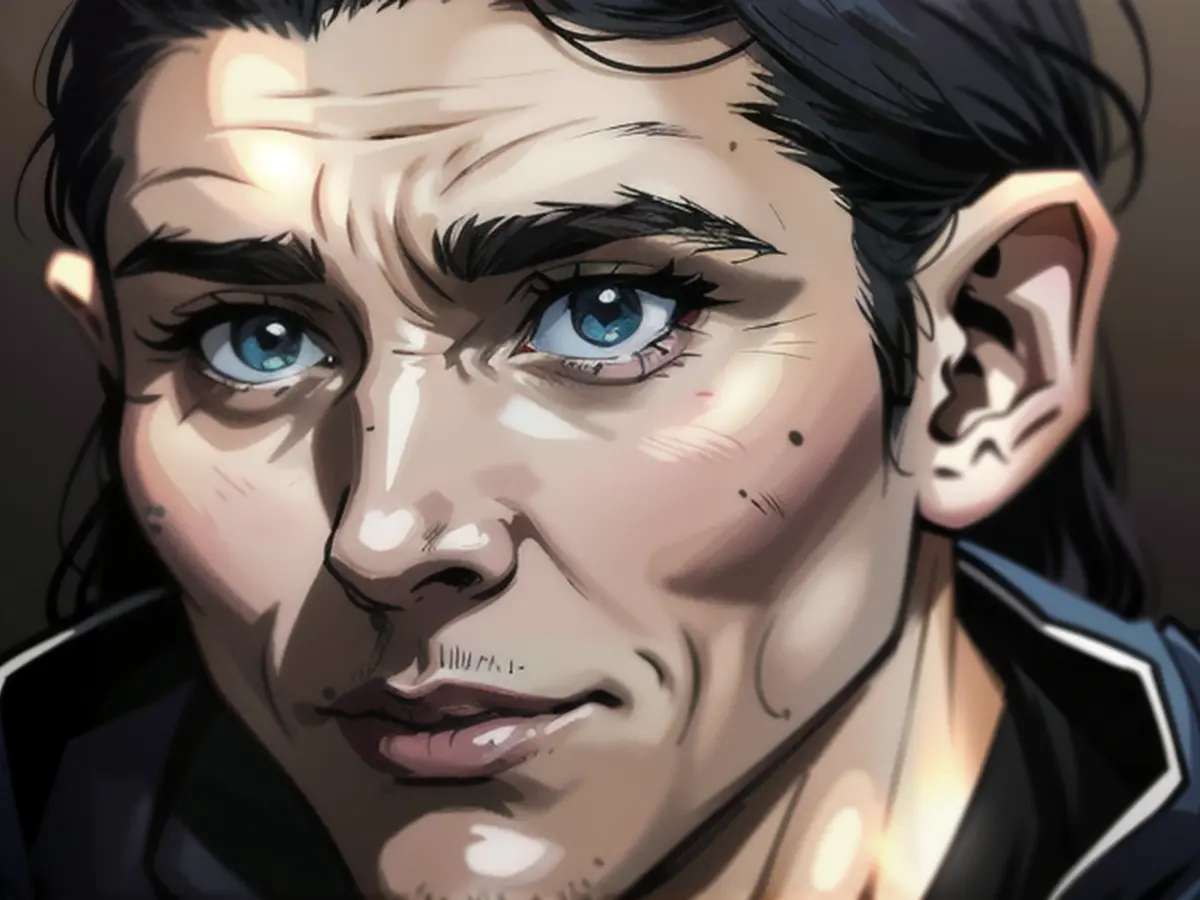Kafka's Fame Leaves Him In Awe
Kafka's novels and tales remain a significant part of world literature, inspiring movies and comics. The writer, however, missed experiencing this. He passed away on June 3, 1924, at age 40 due to tuberculosis.
If Franz Kafka walked through Prague today, he'd be astonished to see a tram decorated with quotations from his works. There's also a giant, heavy sculpture of his head, an exhibition named "Kafkaesque," and tourists buying his books in Prague's bookstores in various languages.
When Kafka perished a century ago, he wasn't famed worldwide. His unpublished novel fragments—“The Trial," “The Castle," and “The Man Who Disappeared"—remained unseen. Kafka's friend Max Brod deserves credit for this, as he defied Kafka's last will to burn his work entirely. As we commemorated his 100th death anniversary, Kafka's presence in TV, cinema, and theater felt undeniable.
In an interview, Kafka's biographer Reiner Stach shared, "Kafka would be shocked if he could witness this now. It'd completely turn his world upside-down." Kafka regarded himself as a failed author since he left behind numerous fragments and unfinished novels.
"The Trial" is Kafka's most famous work, opening with the chilling sentence, "Someone must've slandered Josef K., for one morning, he was arrested without having done anything wrong." Immediately, readers are enmeshed in a bewildering legal system. Why's Josef K. arrested, yet works at his office? The novel's final mystery: his execution in a quarry.
Kafka's literary masterpiece "The Trial" has been published in a new edition, annotated by Kafka scholar Stach, who maintains original spellings. He also deciphers obscure words, such as "clothes closet," meaning "wardrobe."
Stach explores various interpretations of the text but agrees there's no perfect key to understanding it. Behind the gloomy facade of "The Trial," Stach notes, there's a hidden humor.
Longtime companion Max Brod once replied, "He wasn't that down as we think today, but cheerful is an exaggeration," to a question about Kafka's emotions. This phrase reflects how humorous instances are concealed in Kafka's work.
Why then? Comic book artist Nicolas Mahler nonchalantly incorporated Kafka's drawings in his own work. But he wasn't prepared for the reception: "I knew Kafka was quite famous, but I was surprised by how popular he is, even in the Arab world, which I didn't expect."
Kafka's birth home in Prague's Old Town still has the entrance portal untouched—it was rebuilt after a fire. His parents ran a small shop to climb the social ladder. The pressure to excel fell wholly on Kafka, who studied law and later worked at the Workers' Accident Insurance Institute for the Kingdom of Bohemia. Kafka valued writing, dedicating most of his free time and many sleepless nights to it.
Despite Kafka's tragic end as an incurable tuberculosis patient at the age of 40, he consummated a romantic relationship with Dora Diamant, who hailed from the Orthodox East’s Jewish region. Though swallowing became increasingly painful and nearly impossible, Kafka worked on "The Hunger Artist" printing plates the day before he died. Stach describes this as a "macabre paradox" in his bio of Kafka: "the story of someone who's no longer hungry, written by someone who's about to cease eating."

Read also:
In today's Prague, Kafka's writings are celebrated internationally, with city attractions such as tram quotations, sculptures, exhibitions, and bookstore sales in various languages. Kafka's works, including "The Trial," have also gained popularity in various media formats and languages outside of Europe.






